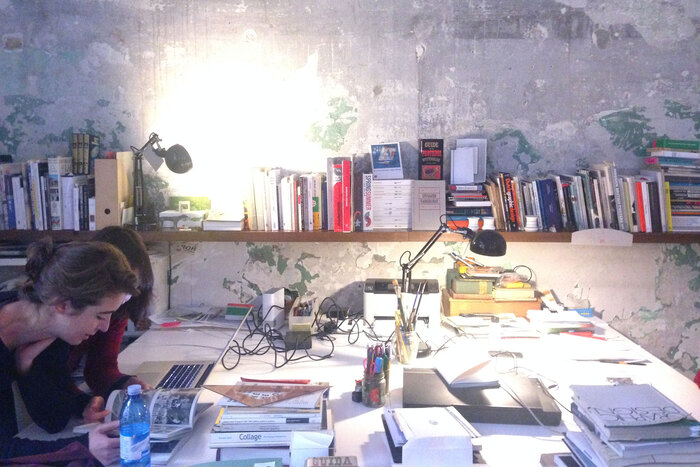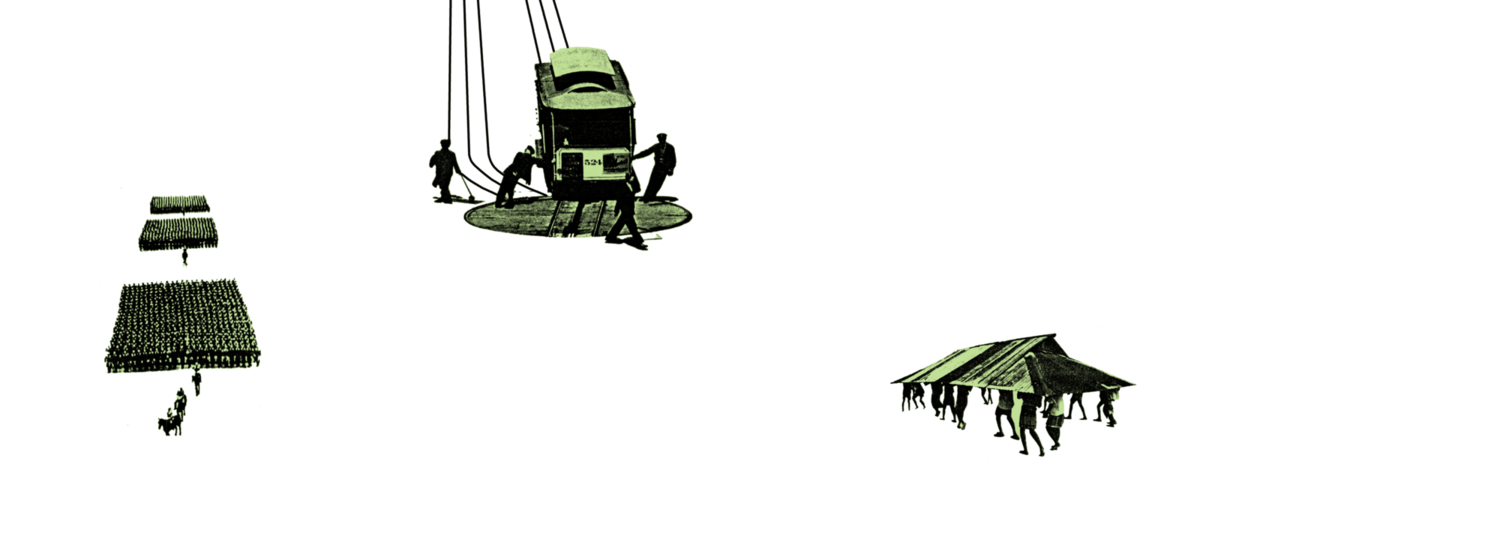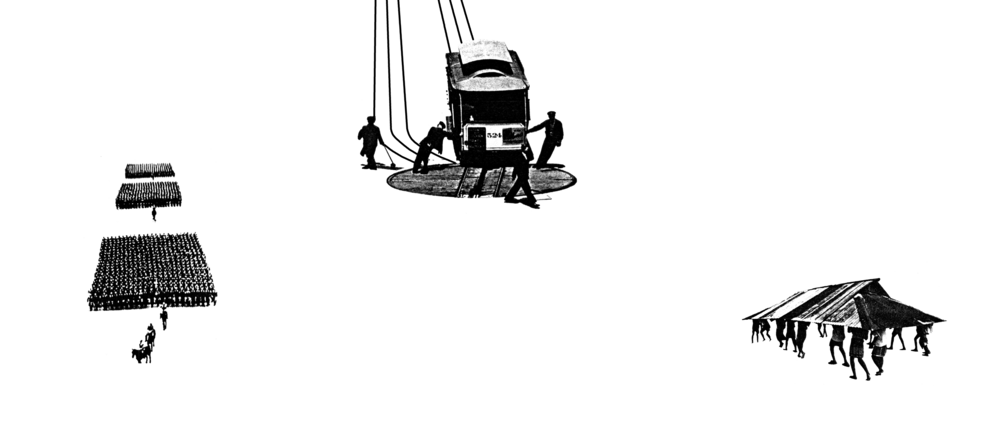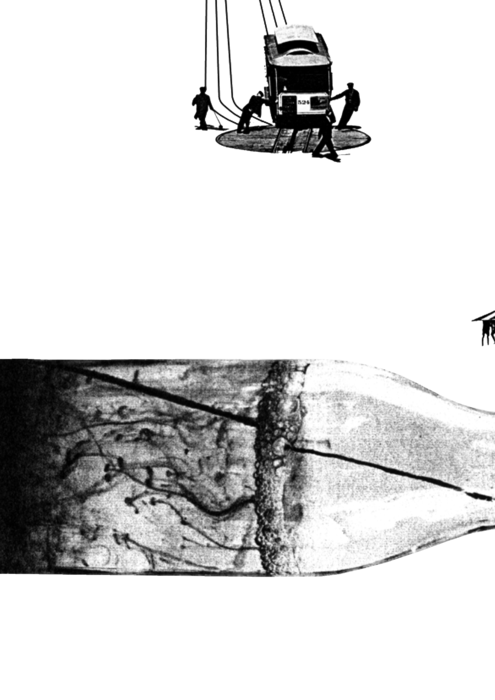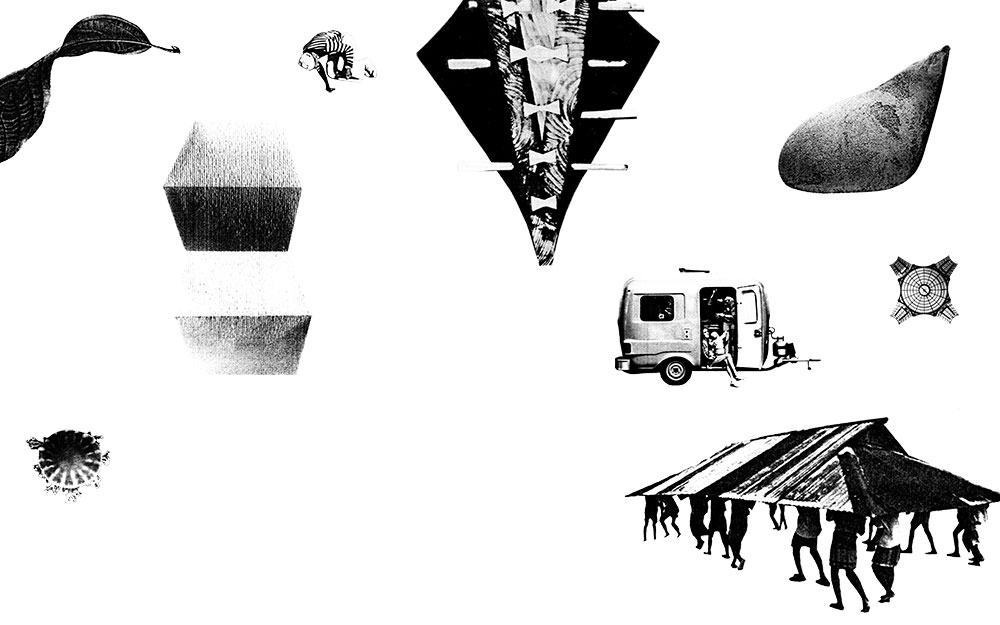CONTENT
The doubling of the king
Being Belgium a federal parliamentary constitutional monarchy the Belgian king has to sign every law established by the parliament. There is no contribution to the law to be taken just the pure formal action of signing it. But without this signature no law can be enacted. Towards the end of the twentieth century something remarkable happened.
When the Belgian parliament was working on a law, which would liberalize abortion, the later king Baudouin of Belgium found himself caught in a quite complicated situation. As a believing roman catholic he had profound moral objections with signing the law, while at the same time, as Belgian, he did not want to obstruct the outcome of a democratic decision process of his parliament. How could a decent man retain his integrity in this situation? How could a man do his job without loosing the only quality, which gave him the authority to do it in first place?
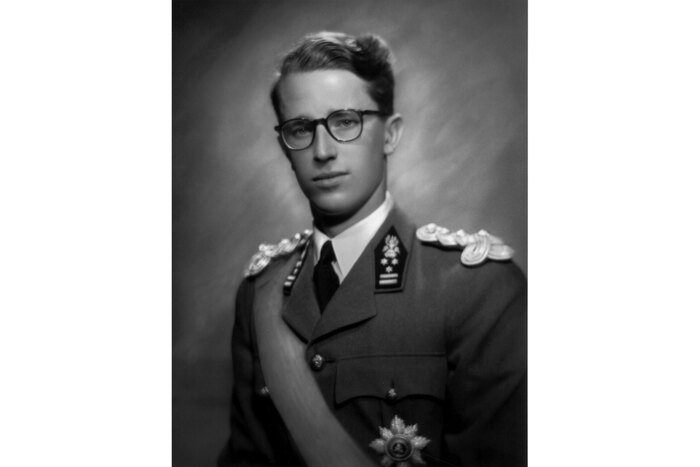 ©
©
A simple but inventive solution was devised. When the time came to sign the law, King Baudouin abdicated for one day, a substitute was elected, signed the document, and the day after Baudouin was King again. In a really ingenious move Baudouin was able to conciliate contradictory forces. By forming a temporary team by doubling himself as a ceremonial actor in the Belgian political system he was able to sign the law while not signing it at the same time. A moment of activity was combined with a moment of inactivity.
Sometimes a task has to be approached by more than one person. There are infinite reasons why this might happen in society, but for the field of the applied arts some of the effects of teamwork are of particular importance.
When there is no progress in a discipline, when a new proposal is so different from the status quo, that it might not be given the chance of being verified, or in really adverse economic conditions, teamwork can be an effective strategy. In the arts this is related to the different Avant-guard movements, but in architecture in particular to a period, which started at the end of the 60s. During this time different revolutions happened at the same time, concepts such as ecological thought, the nascent media environment, social change, new technologies, new materials and ways of production emerged. While for the discipline of architecture it was still business as usual, all over the world small groups formed which shared the same attitude and concerns. Groups such as Archigram, Superstudio, Archizoom, Strum, AntFarm, Haus-Rucker-Co worked at the intersection of architecture, design and media, of building, writing, drawing and filming. Their proposals were so different from the official discourse that the phenomena, which they were part of, ended up being described as Radical Architecture.
The pack
A pack of wolves is the multiplication of an already efficient actor, of an actor who is self-sufficient. Not all teams become packs, but in the fortunate circumstance of becoming a pack, the team is more than the sum of its single parts. Attention: the pack is not the same as a shift in a factory. When wolves form a pack it is not about a quantitative change, but rather about a qualitative change. The pack is about becoming a team and vice versa. The potential of a pack is at a completely different level to a collection of individuals. And what is more important: it is not enough to have a group. A group of sheep is just a flock; there is no way of them becoming a pack. It takes a wolf to form a pack!
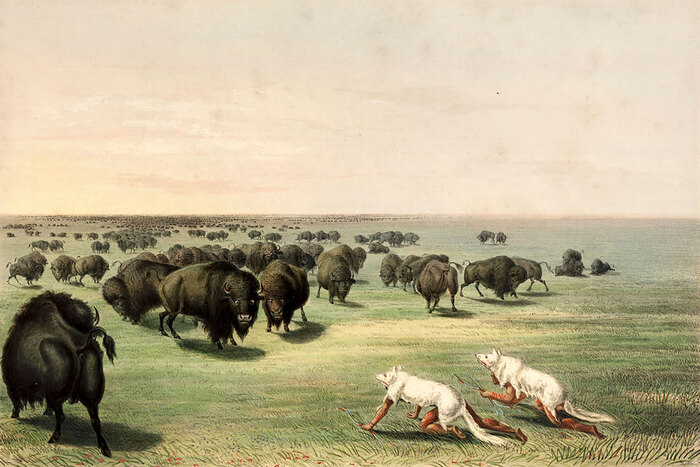 ©
©
It is fundamentally different to say something or do something alone or to do it as a pack. The simple fact of hearing something being said or of seeing something being done by a group of individuals gives it another value. Teamwork automatically gives authority. Consequently it is much easier for a pack to achieve expert status.
The pack is about the one becoming the many and vice versa. But how a pack forms, acts and for how long, is open. Consequently packs are a project in themselves. Due to the movement of multiplication new possibilities emerge, which profoundly shape what can be perceived, imagined or done.
As a matter of fact in creative practices certain actions have to be done by more than one person. The practices of derive and of detournement invented by the Situationists were possible only when carried out in a team, they necessitated different players.
There is the potential of joie de vivre in everything done in a team. The joy of being confronted with something unexpected passed on by someone else is a fundamental precondition for the little catastrophes, for the court circuits, which form the basis of inventive practices such as architecture or Gestaltung. Watch out: invention never resides in logical deduction and cold-eyed plans don’t get very far!
With a pack there comes the possibility to pass the ball on to someone else, who might react in passing it back or decides to keep the ball for some time instead and play on, find out what he discovers. He might actually be in a better position, have more time or better abilities for what has to be done. At the same time the other player can reposition himself or just take some time off. The possibility to take your time in a team, to let go for a certain period, to take a nap, to relax and recover, while someone else brings the task forward, is a fundamental advantage. A team can have different levels of activity, of intensity at the same time.
Sometimes to work together with other people in a creative discipline, is a strategy of not getting lost too often. When for a task, which has to be carried out, there exists very little context, when new assumptions have to be verified, when a fundamental environmental turn happens, when no previous experience exists, when a question can have multiple answers or an answer multiple questions – teamwork! Similar to a swarm of birds or the family of otters, the team gives direction, it keeps you on track and focused on an aim, which in itself might be incredibly far away or even unreachable at first glance. In a swarm different impressions and inputs are absorbed, but the swarm responds with a coherent action.
In a team, like in a swarm, different levels of feedback exist. In addition to the feedback a single individual receives from his work or from the environment, in a swarm there exists continuous feedback between all the actors, too. One receives an external input and, if significant, the information propagates like some sort of vibration through the whole group. The same way feelings and moods travel through a group. Ultimately a team is a sort of environment where time and space multiplies and where vibrations can amplify through feedback and feedforward.
Planche de travail
A pack has to stay in the same space, somewhere where everyone fits in and can leave his traces. Quite often teams end up working in kitchens or similar places. Not much is required apart from a table where everyone has his place, can sit down and observe what is going on. The larger the table, the better. Long tables, round tables, tables made out of different smaller tables, tables made out of doors, glass or wood – it does not matter. Two racks and a board are more than enough.
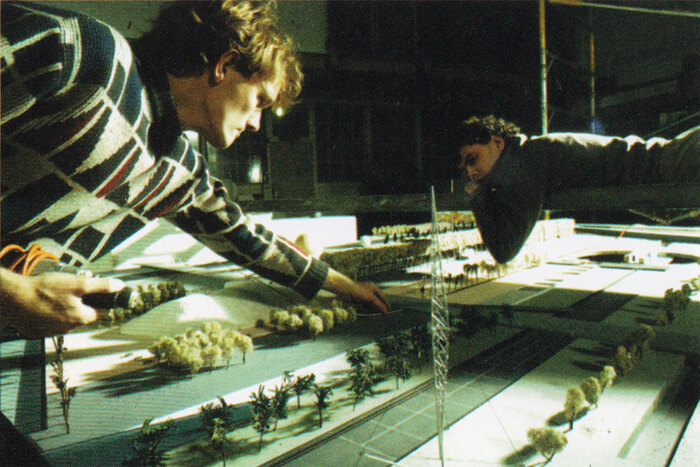 ©
©
It is the size of the board that creates the distance, which is necessary to observe what happens on it while at the same time it establishes the relations between all the spectators around it. As a matter of fact the geometry of the board defines not only what is possible on it, but also what happens around it. By the way a table in a room is already architecture.
On the surface things can be positioned at the distance of eyesight, so far away that only certain traits are visible, at arms-length or even so close that only details are visible. When you stand up, you can look down on the field in front of you: birds view. When you sit down, knee in front of or lay on the table different points of view are possible: the horizon is in front of you.
It is the size, which defines how much can be displayed on it and how many different materials can be put on the table. It is the size, that defines how large a drawing can be, but the relations, the depth is created by what is put on it. Here size does not matter. Complexity is a question of dimensions, not of size.
From the unknown to the greatest
When people gather around a table and they put different things on it, unpredictable things can happen. What was put on the table by others can be looked at through different pairs of eyes, some of them seeing, some imagining, some creating, some inventing, some observing, some dreaming, the potential of a reaction poetique occurs. When something appears in front of you without you knowing what it is and where it came from the question arises what it could be or what it could become, from there on unexpected connections or helpful decisions might take place.
The planche de travail with its constant height, its evenness, its above and below is the lieu du délit, where the marvel happens. Drawings are made, books accumulate, models are created, and different collections precipitate on it. Different things can encounter, by design or by chance. When things are put one after the other or stacked on top of each other sometimes alchemical reactions happen.
You have to leave dowry in a team, you have to leave gifts there to be collected by others and brought to new contexts, to new levels. Images and inventions accumulate in space and can be taken after some time by the author or better still by someone else in the team and something can be added.
A real pack is the place where you are constantly confronted with another, with the other and where therefore the unexpected might happen. Sometimes it needs a team when something requires a lot of effort, just like when you do not aim at zero, which would be easy, but at slightly more than zero.
Stephan Jung
KEYWORDS
AVAILABLE
SAFT 07 TEAMWORK
is also available as part of:
Buy it now !
